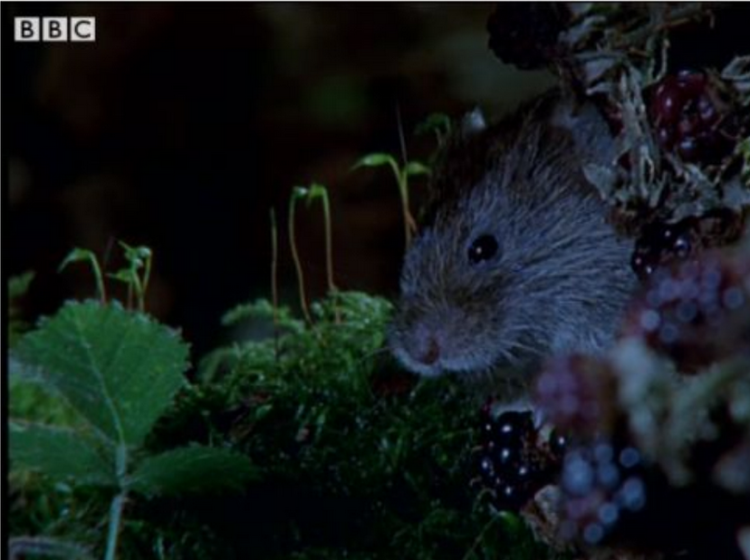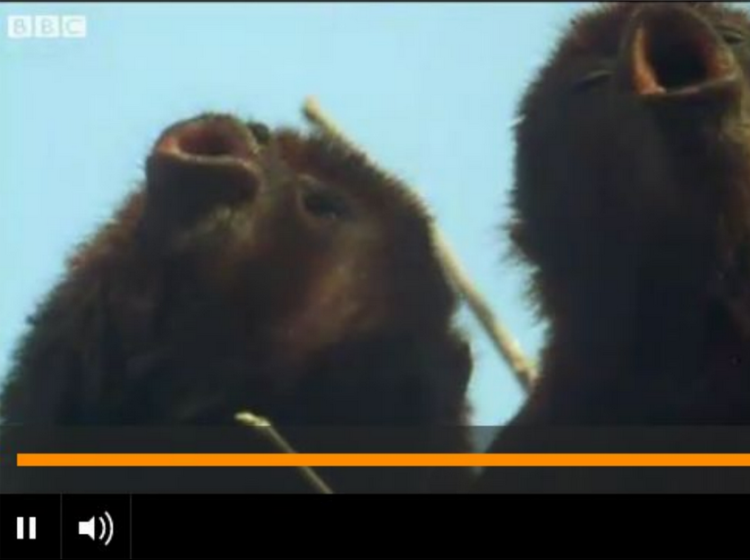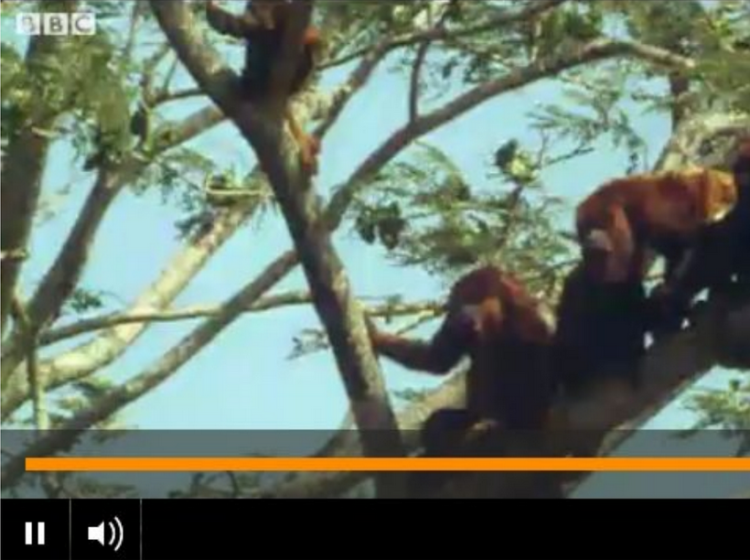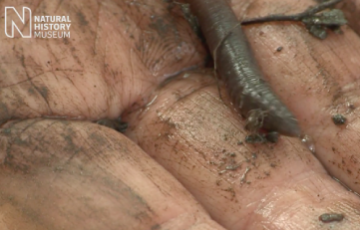Nocturnal animals



Do you sleep at night? Not all animals do. In this video you can learn about animals, like bats and owls, that come out at night. They are nocturnal. You can also listen to some of the funny noises that daytime (diurnal) animals make. Did you know there is a bird that can sound like a car alarm?
Requires Adobe Flash Player.
Resource location:
http://www.bbc.co.uk/education/clips/z4qd7ty
Are you a teacher or parent?
If you've found this resource useful, you can share it here, and browse any additional teaching materials for this resource.
Key terminology
Night, day, [nocturnal], [diurnal]
The video does not mention the words nocturnal or diurnal.
Scientific explanations
Some creatures are active at night
Some creatures are active during the day
Screen – what it does/how to use it
A 4 minute film about the significant differences and adaptations between nocturnal (bats, voles, owls, fishing cats) and diurnal (kookaburra,a lyre bird, howler monkeys) animals and birds.
Teacher interventions
To stimulate discussion, after watching the film:
- Ask the children to list features of animals that are active during the day/ active during the night
- Can they think og other examples of nocturnal/diurnal animals and birds
Related lesson plans / class activities
- Children could practise imitating birdcalls, including some of those illustrated in the clip.
- Listen again to the ‘dawn chorus’ section of the clip, then ask children to produce a dawn chorus of their own, gradually joining in with their own bird imitation, until the whole class is singing.
- Pupils might enjoy a visit to an outdoor area, where they can listen out for birdcalls.
- Children could research birdsong using internet sources.
- Ask the children to co-operate to draw a set of cards, showing all the different animals from the clip. They could add any other animals they know to be active mostly by day or by night. Shuffle the cards and challenge individuals to sort them into a ‘day’ and ‘night’ pile. The fastest sorter wins.
Links to related resources
KS1 Quiz: to identify animals in local environment (all diurnal)
http://www.bbc.co.uk/schools/scienceclips/ages/6_7/plants_animals_env.shtml
KS1 power point can be downloaded explaining nocturnal and diurnal animals
KS1: download sorting cards for nocturnal and diurnal animals (N.B. Teacher has to login to website)
http://www.twinkl.co.uk/resource/t-t-6835-nocturnal-and-diurnal-animals-sorting-activity



 QUICK
QUICK
 MEDIUM
MEDIUM LONG
LONG










